|
|
Post by Don Ricardo on Sept 29, 2021 10:51:40 GMT 10
Hi all, Some fabulous 1940's photos of a Paramount caravan posted by Richard Barrows on the Growing Up In The Mount Facebook page here in January 2017. The photos show the Barrows family camping in their caravan at the Woolwash in South Australia. The vehicle is a Plymouth: 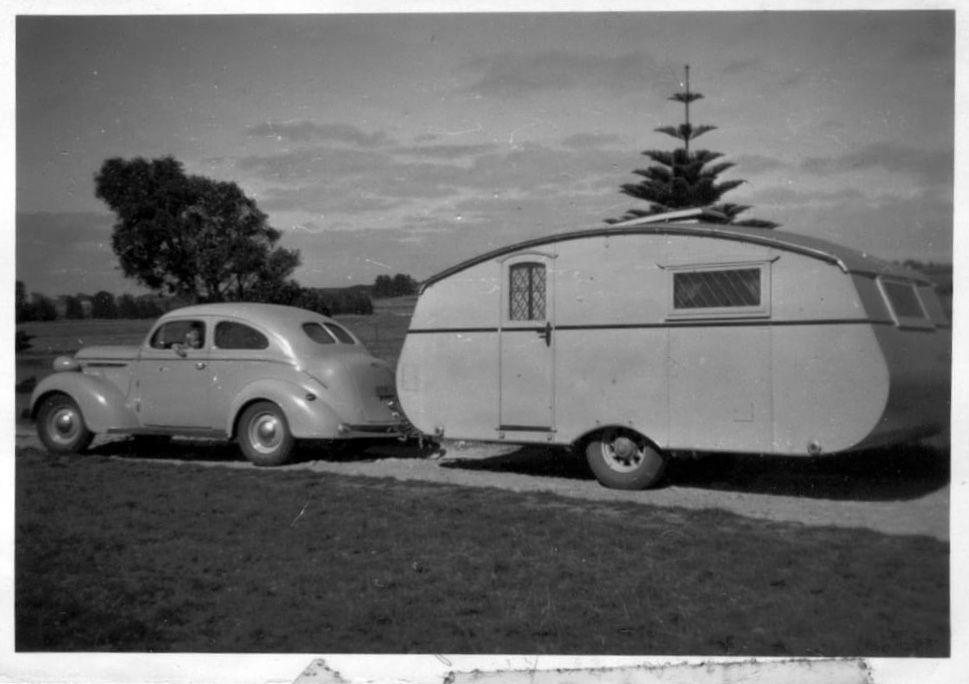 Note the toilet or shower tent:  The Barrows bought their van second hand from Viv Sheard who had a haberdashery store (presumably) in Mount Gambier. Trevor Sheard - one of Mr Sheard’s relatives - added to Richard Barrow’s post with a 1943 photo of the caravan when the Sheards owned it. Their tow vehicle was a Chrysler Super Airflow which he said was one of only two in Australia at that time: 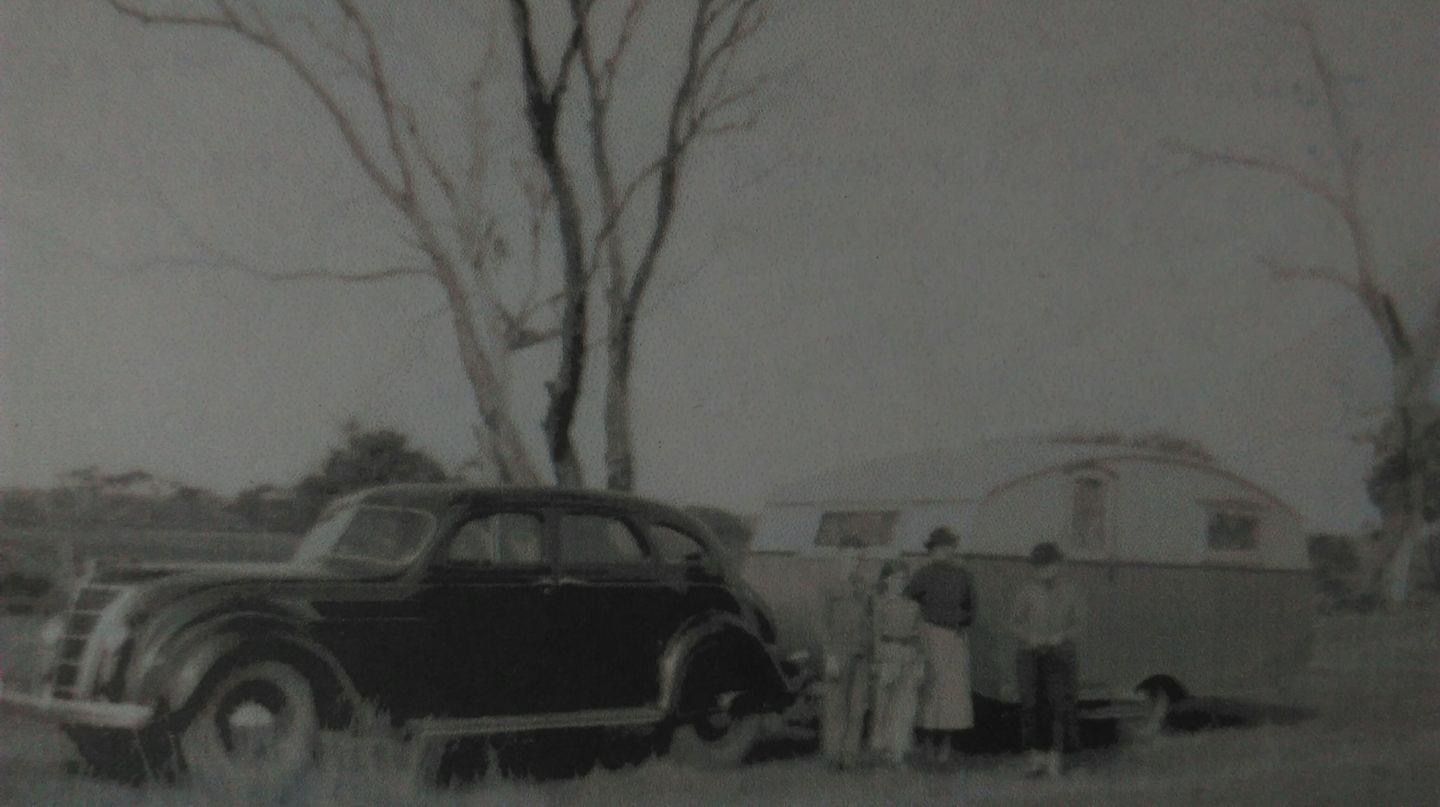 Interestingly, Trevor Sheard said that the family used to refer to the caravan as ‘the Wiltshire’. W H Willshire was of course the manufacturer of the pre-WWII Paramount caravans. Don Ricardo |
|
|
|
Post by Don Ricardo on Aug 4, 2022 20:54:19 GMT 10
Hi all, Below is a photo of a Paramount caravan used to illustrate a not entirely positive article about the 'modern craze' of "trailers" published in the Australian Women's Weekly (AWW) on Saturday, 1 May 1937 (page 2): .jpg?width=1920&height=1080&fit=bounds) Note: The article has been pieced together from the small snippets provided by the Trove download, and does not retain the same layout as the original.)
Although the article makes a couple of references to people traveling Australia in 'motor caravans' (motor homes), it mainly discusses the 'trailer' craze in the United States, as many Australian newspaper and magazines were wont to do in the 30's, seemingly ignoring the vibrant caravan industry that was already operating in Australia at the time.
The article mentions some of the advantages of 'trailer' living, but as indicated above, is not totally positive about the trend:
"During their stay the travellers throw an immense strain on the resources of nearby homes, shops, and schools, and disturb every phase of local life.
"Many claim that they exercise an unsettling influence on the whole community, which is likely to become nomadic-minded.
"Others contend that, encouraged and properly controlled, these wandering "Covered Wagon-eers," through various international societies that they have formed, are an influence for international understanding and goodwill."
It is somewhat ironic that the AWW used a photo of a South Australian Paramount to illustrate the article, the text of which implied that the 'trailer' caravan craze was yet to arrive in Australia. In fact W H Willshire with his Paramount caravans was the first to start manufacturing and selling caravans on a commercial basis in Australia in 1932, and quite a large number of people were manufacturing caravans in all states of Australia by 1937 when the AWW article was published. It is notable though that the Paramount caravans actually included many, if not most, of the luxury touches the article referred to.
Don Ricardo
|
|
|
|
Post by Don Ricardo on Nov 2, 2022 11:29:07 GMT 10
Hi all, I have received an fascinating email from Forum member Griffin: ...I'm still here and checking the site from time to time.
Attached are some photos taken earlier this year at the Deniliquin Museum of a Paramount caravan.
I found the coupling particularly interesting and the way the 'hook' just drops in the required hole, it seems anyway. Built in drop down stabilisers too maybe.
Thought you might want to add them to a post, if not just for interest.The Paramount caravan in question was owned for a time by MarkT, the founder and sponsor of the Forum, and there are some other photos of the van higher up this thread. 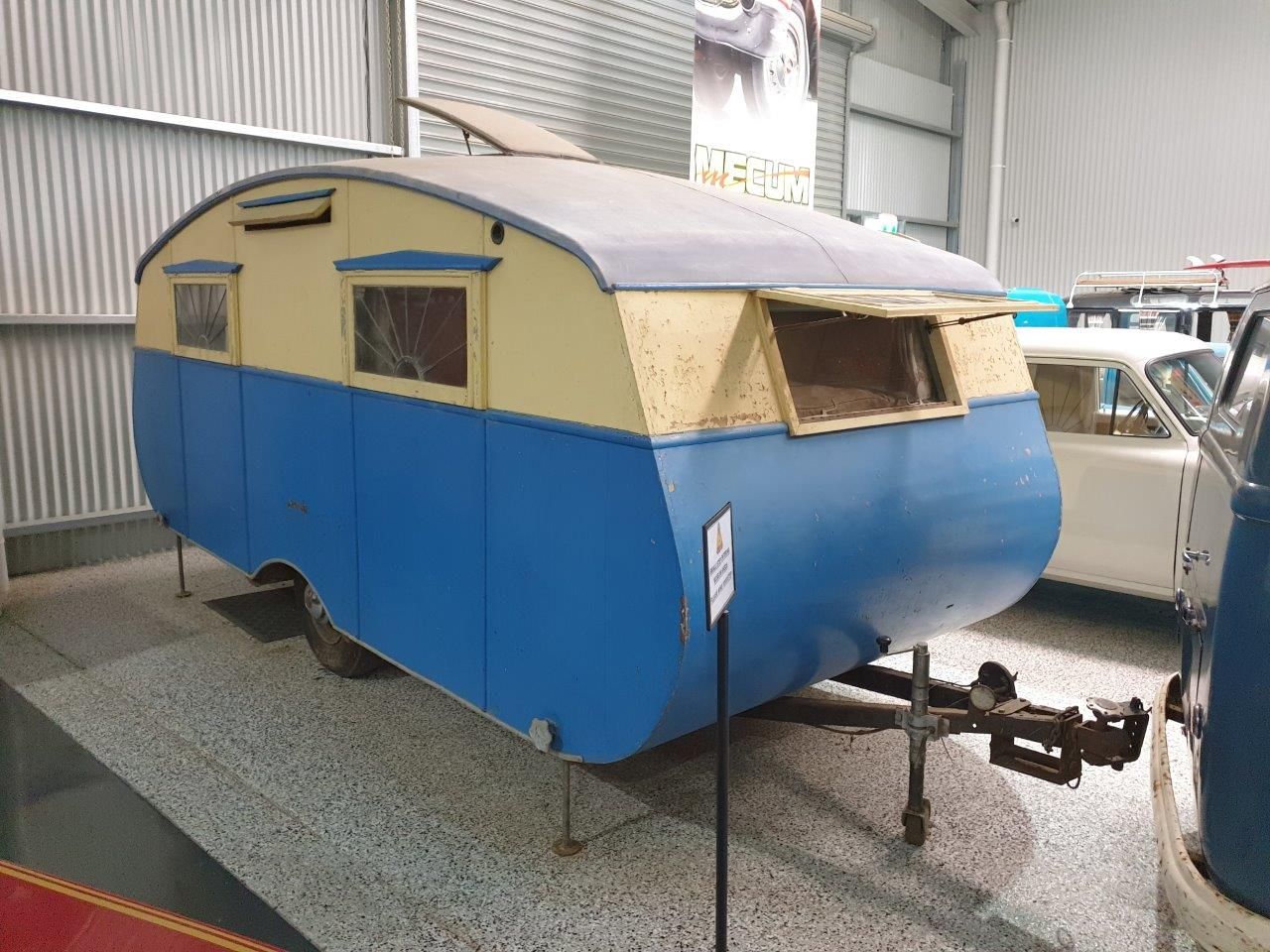 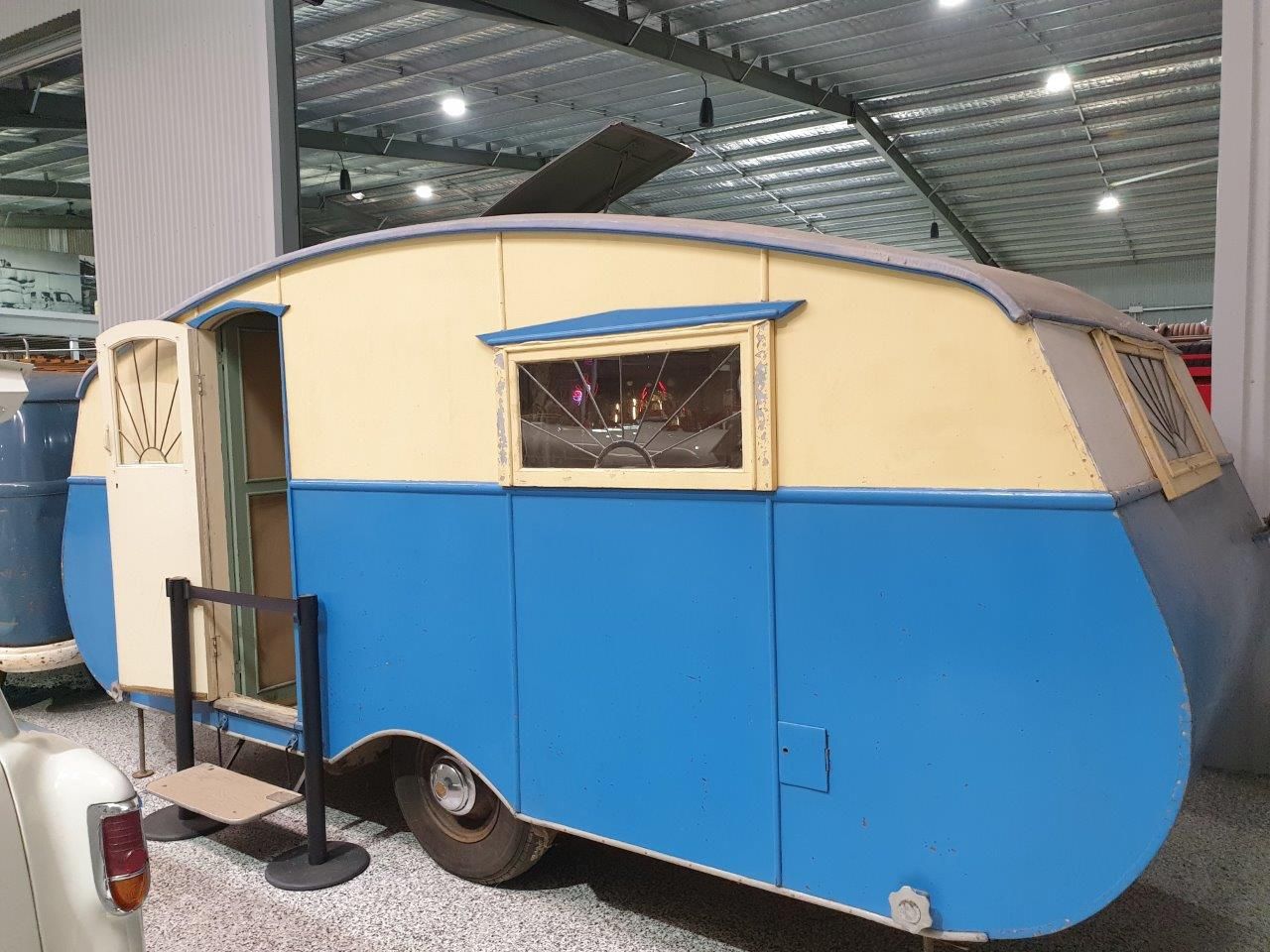 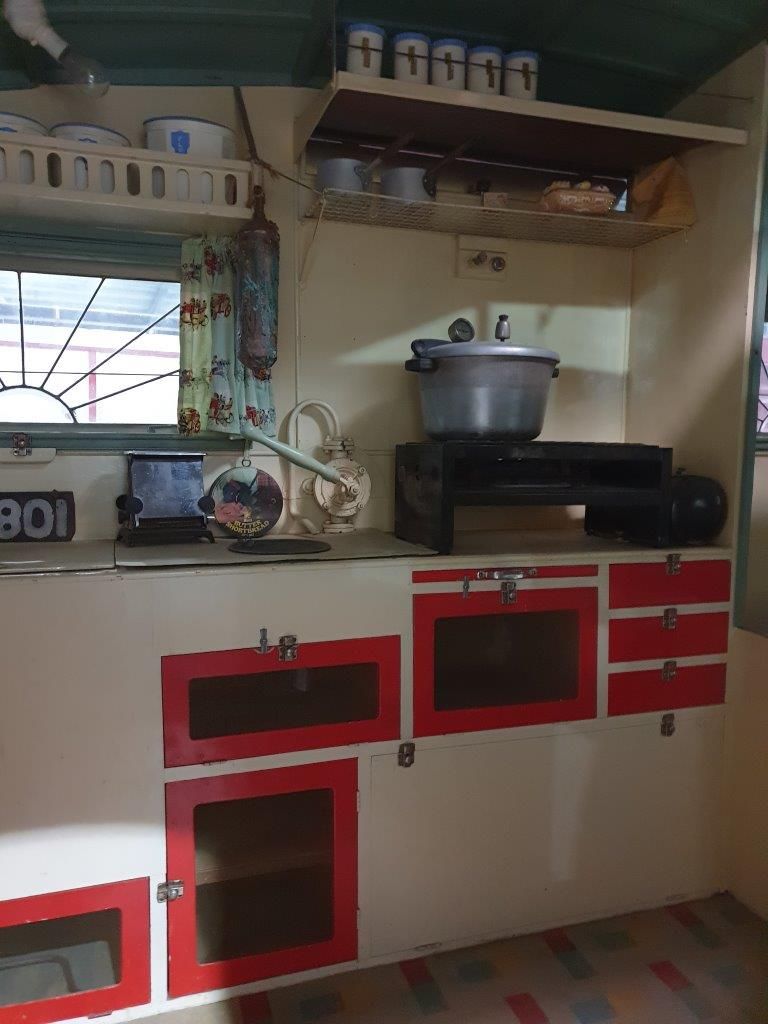 Interesting to see that in its earlier life the van was registered up until 1960: 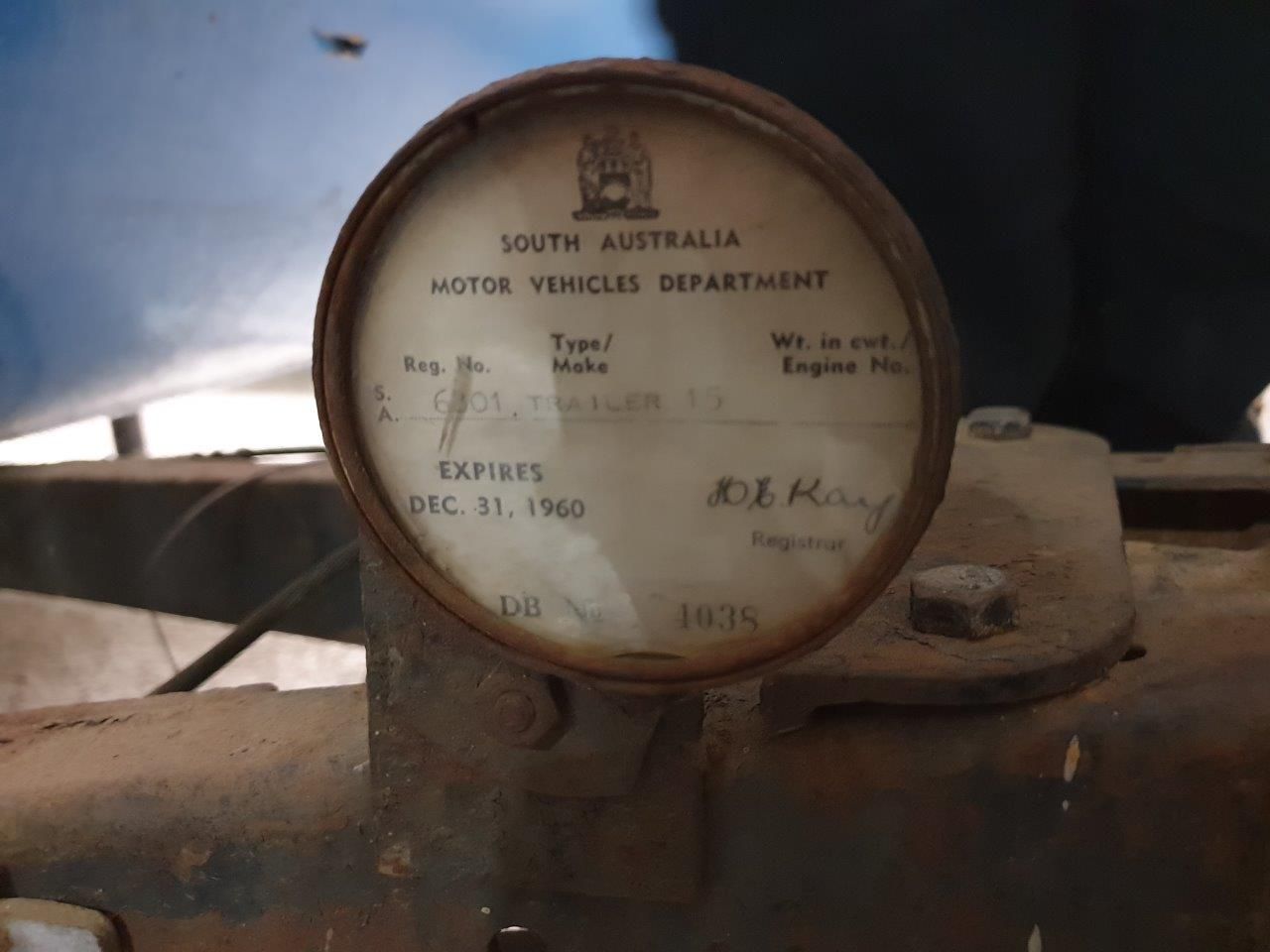 Following are the photos of the coupling on the van which show it to be in some ways a complicated affair, and in other ways (as Griffin noted above) quite simple. Note the hinged hook which may be used to lock the knurled pin in place: 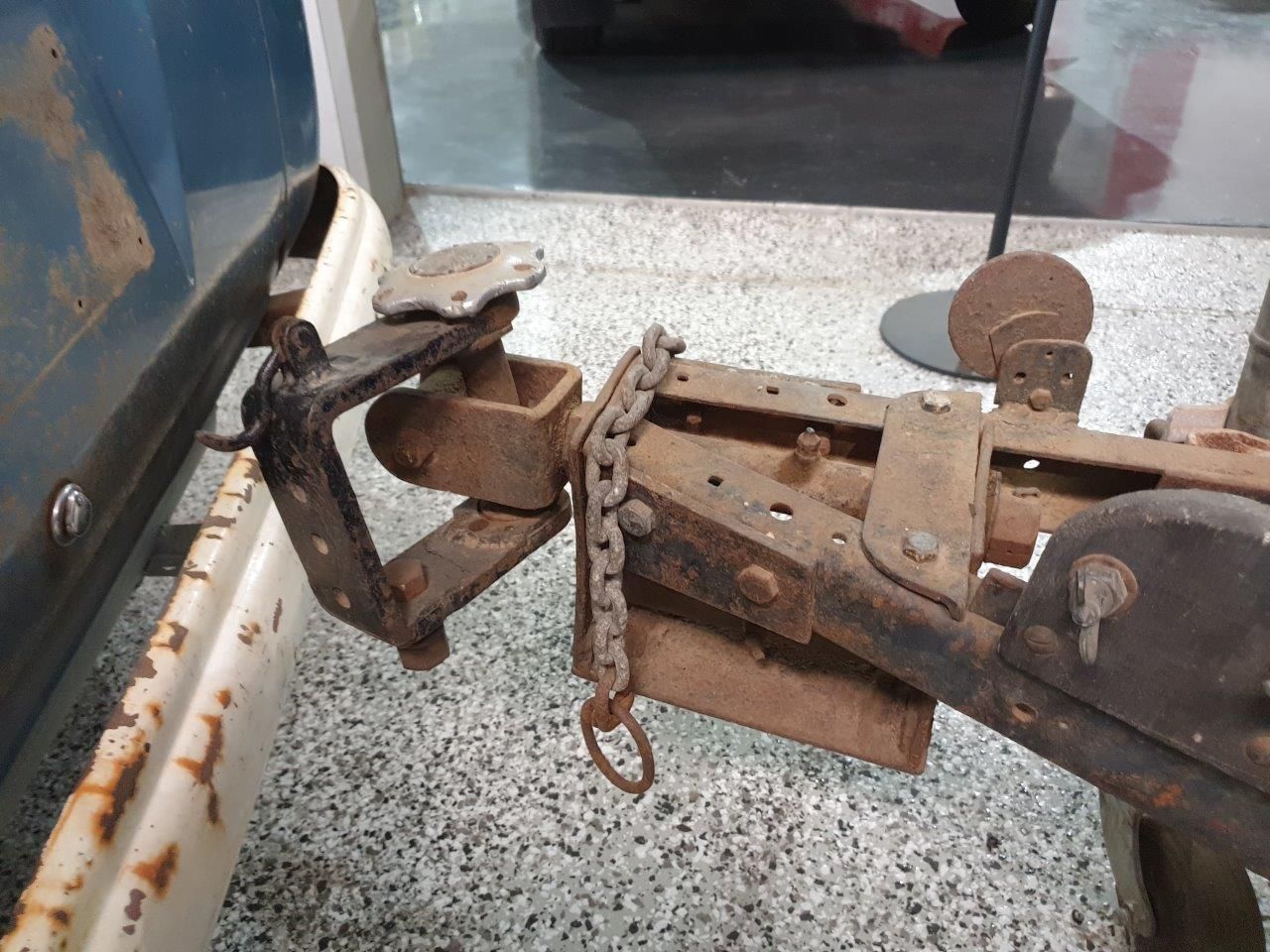  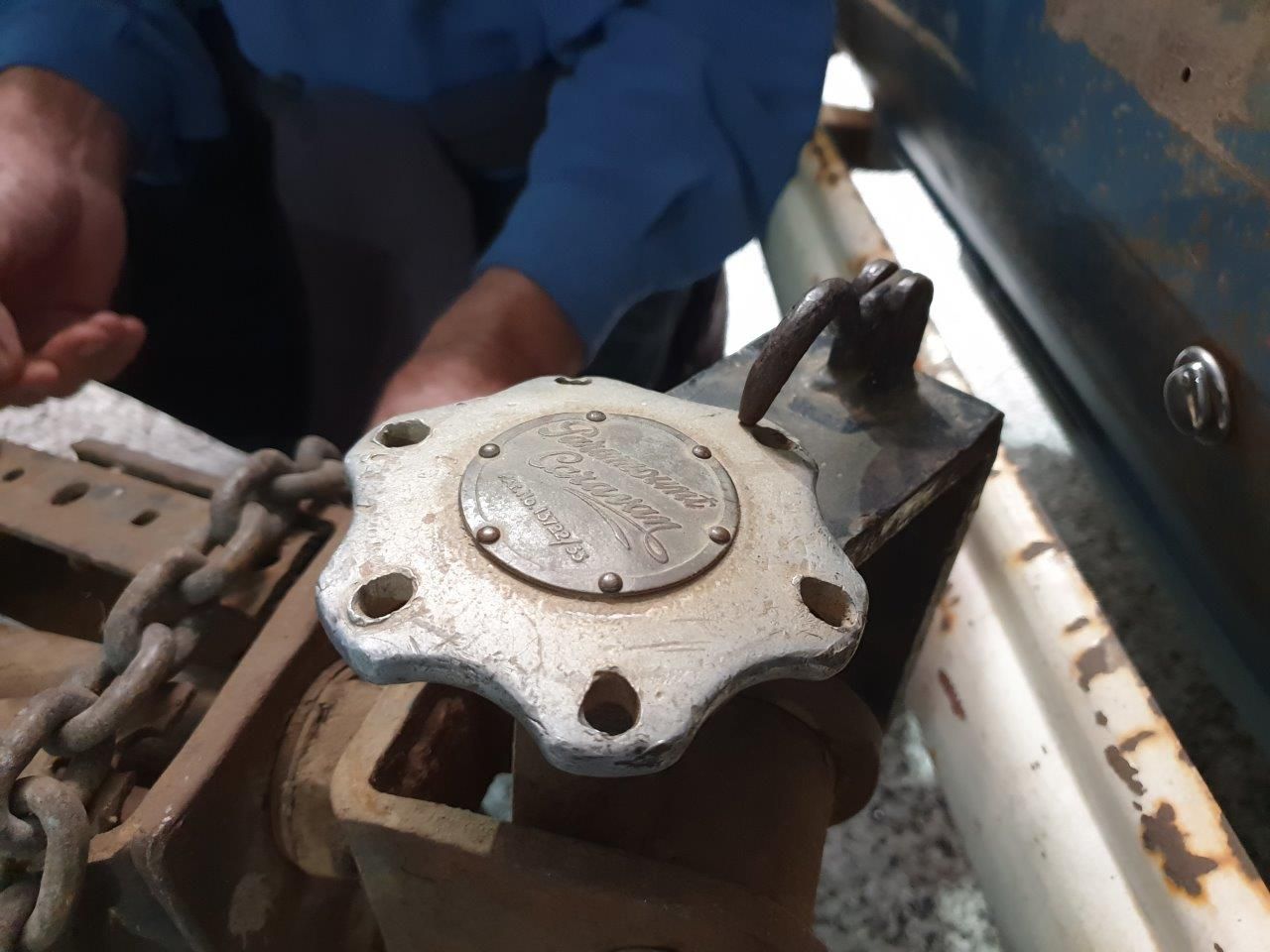 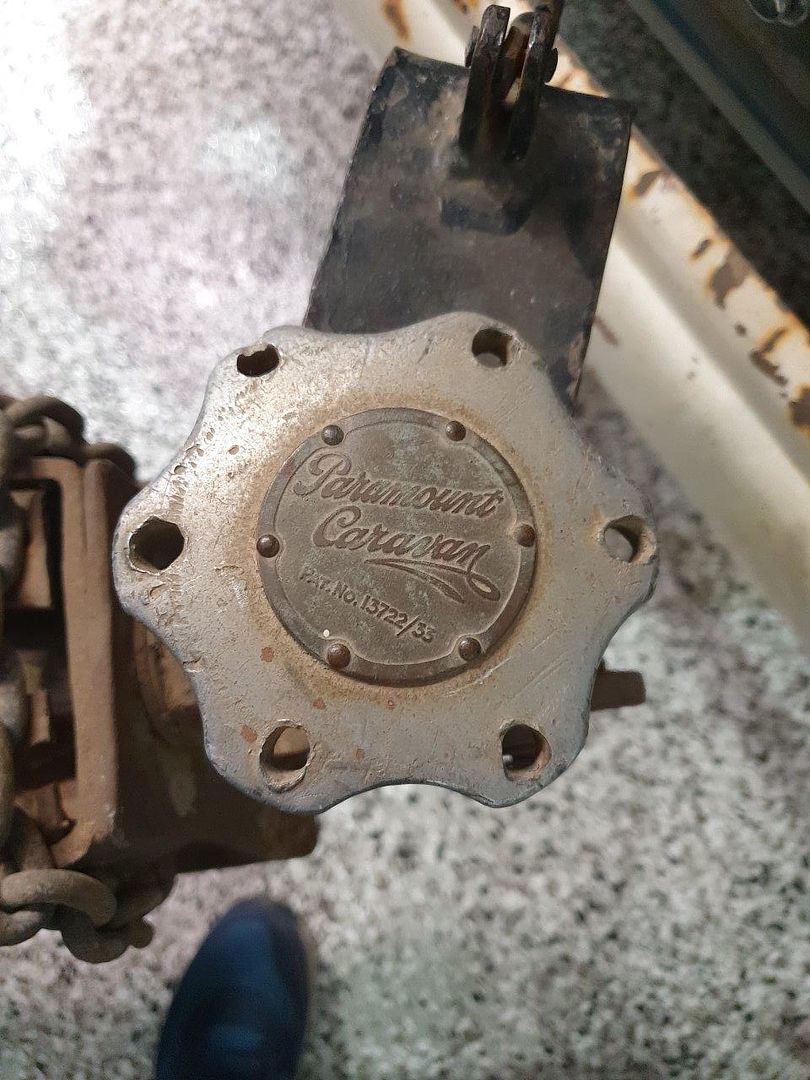 And finally a photo of the stabiliser leg set up: 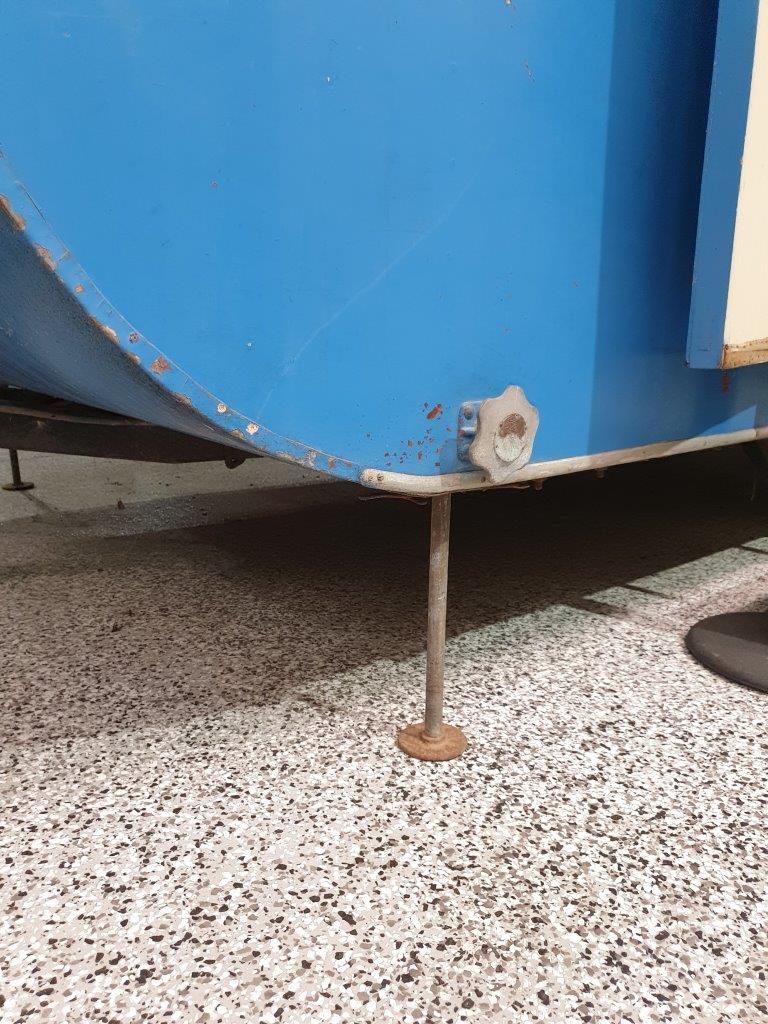 Thanks to Griffin for recording these details of the van and allowing us to post the photos. Good to see also that the van is safe and sound and being cared for by the folk at the Deniliquin Museum. Given the central role that the manufacturer of this van, W H Willshire, played in establishing the caravan industry in Australia in the very early 30's, the van is a treasure that most definitely needs to be preserved. Don Ricardo |
|